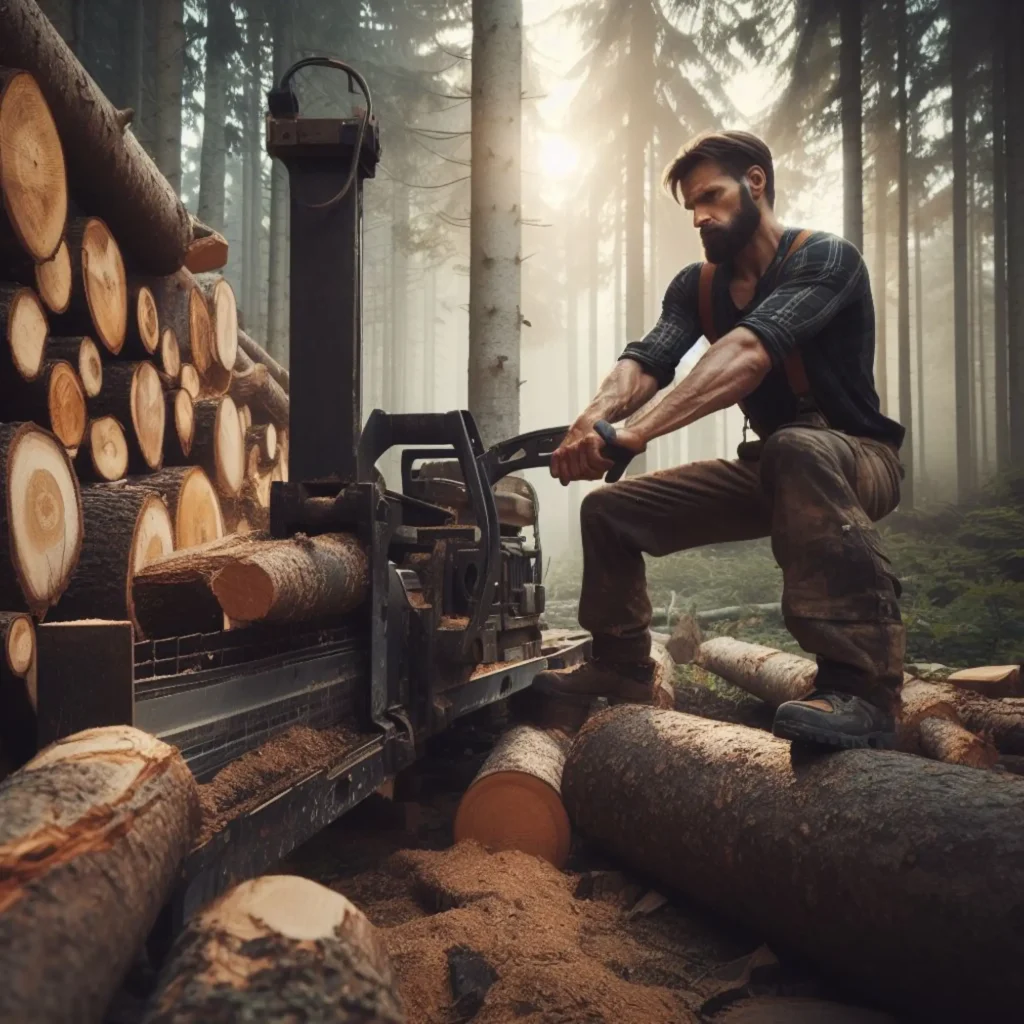Last Updated on 2 years ago by Nicky Johnson
Hey friends! Looking to buy a top-quality log splitters for sale in Australia? Well, you’ve come to the right place. As someone who’s split literally cords of firewood over the years, let me walk you through the key factors to evaluate when choosing a quality log splitter.

Assess the Splitting Force
Blog Contents
The tonnage rating indicates the log splitting force – this ranges widely from around 10 tons up to 40 tons for residential use. You’ll want at least 20 tons of force for easy splitting. More power lets you split denser wood types like elm or osage orange. Less force requires more swinging and results in stuck logs.
Compare Feature Automation
Log splitters range from manual operation to fully automatic functioning. Manual splitters require swinging the arm yourself. Hydraulic models use engine power to drive the wedge. Some self-propel along the log. Top-end automated splitters repeatedly split and stack logs with the press of a button. Consider what degree of automation makes sense for your use case.
Before you dive into the world of log splitters, take a moment to understand why you need one. Are you splitting logs for a cozy fireplace or to create lumber for a cool treehouse project? Knowing your purpose will help you pick the right type and size of log splitter.
Evaluate Dimensions
When stowing and transporting your splitter, size matters. Measure not just length but also towing tongue length. Know your vehicle clearance. Some compact splitters are more maneuverable for navigating tight spaces. But for frequent use, a larger splitter with greater output can be worth the storage sacrifice.
Log splitters come in two main types: electric and gas-powered. Electric ones are quieter and eco-friendly, while gas-powered ones are more robust and can handle larger logs. Choose the power source that fits your needs and environmental concerns.
Assess Engine & Pump
Gas-powered log splitters have either 2-stroke or 4-stroke engines. 4-stroke engines run cleaner and require less maintenance. Displacement of 45-390cc has power for most residential needs. Hydraulic pumps move fluid to drive the wedge. Look for name-brand pumps like Husky or Briggs & Stratton for reliability.
Log splitters are classified by their splitting force, usually measured in tons. A 12-ton splitter is suitable for small projects, while a 35-ton monster can tackle the biggest logs. Consider the size of the logs you’ll be splitting and choose accordingly.
Consider Safety Features
Your splitter should have stabilizers to prevent tipping, rubber feet to limit slipping, and guards around moving parts. Two-hand operation minimizes the risk of injury. Many also have push-button or auto-stop features that halt splitting action when logs become jammed. Prioritize your safety.
Safety should always be a top priority. Check for safety features such as two-handed operation, protective shields, and quick return mechanisms. Make sure your log splitter has these features to keep you and your friends safe.
There you have it – the key factors to weigh when picking out a log splitter. Taking the time to assess the power, automation, mobility, engine quality, and safety features will ensure you get the ideal log splitter to meet your homesteading needs and firewood output goals. Let me know if you have any other log splitter-buying questions!







